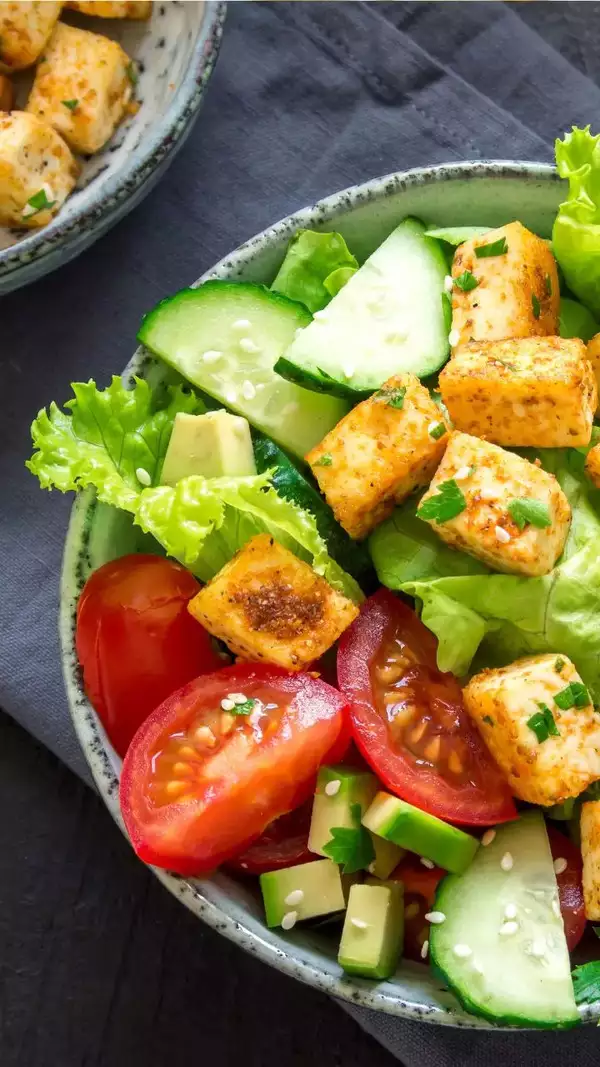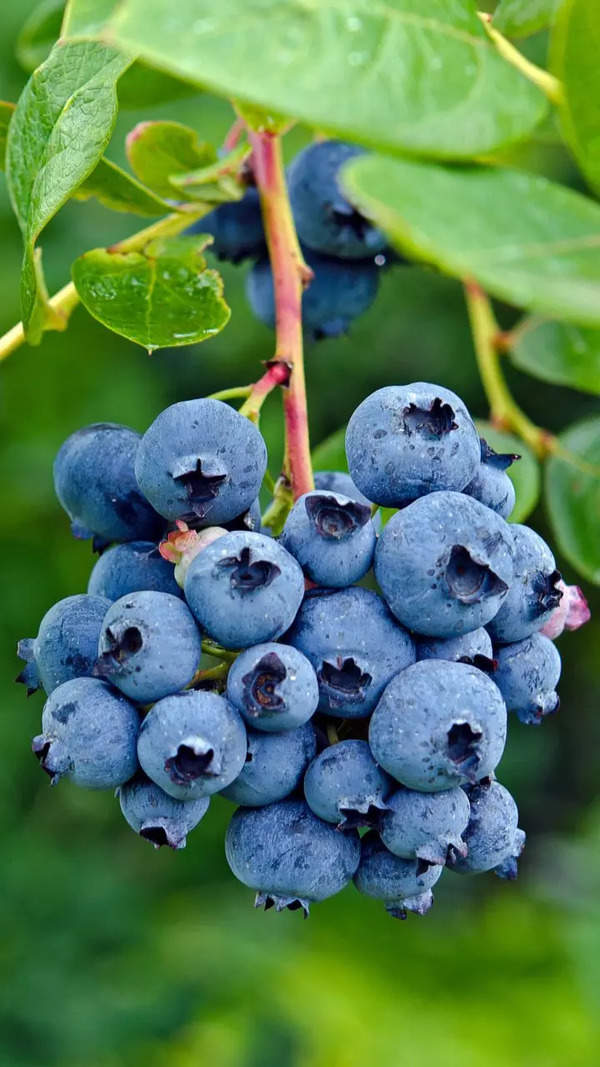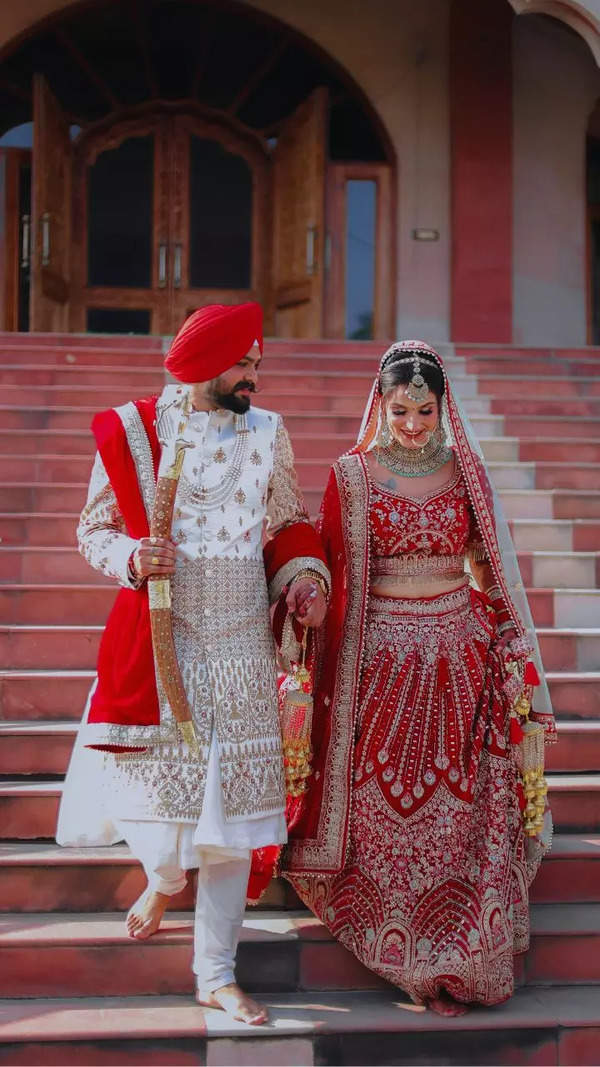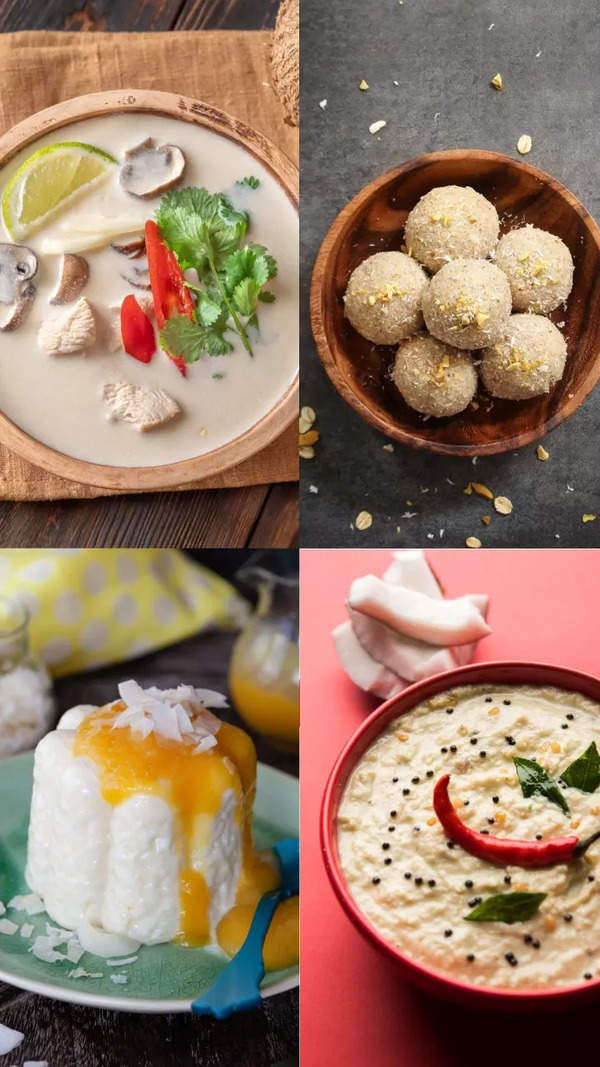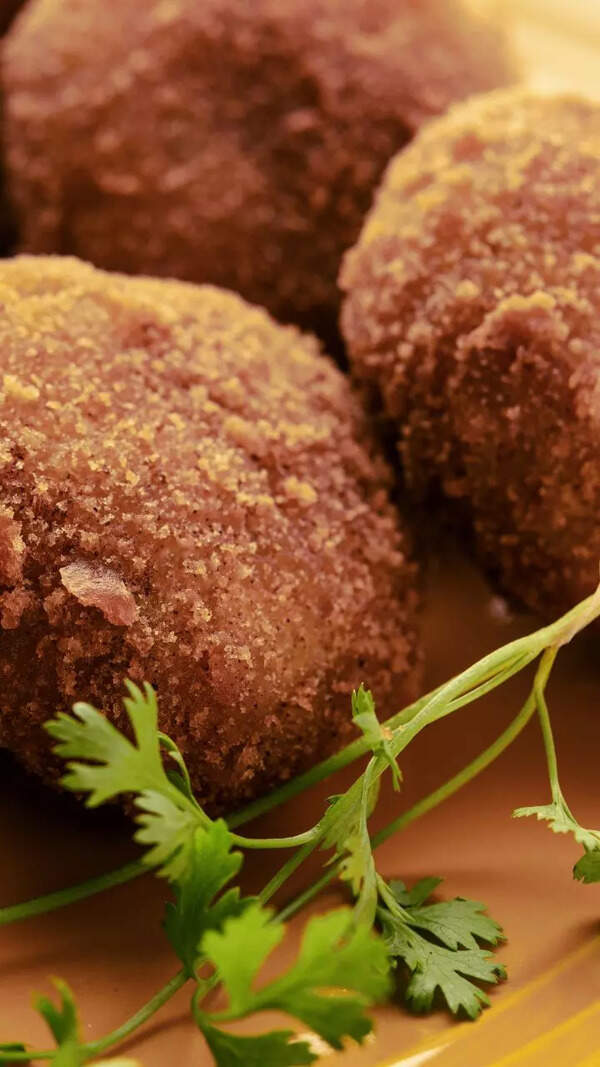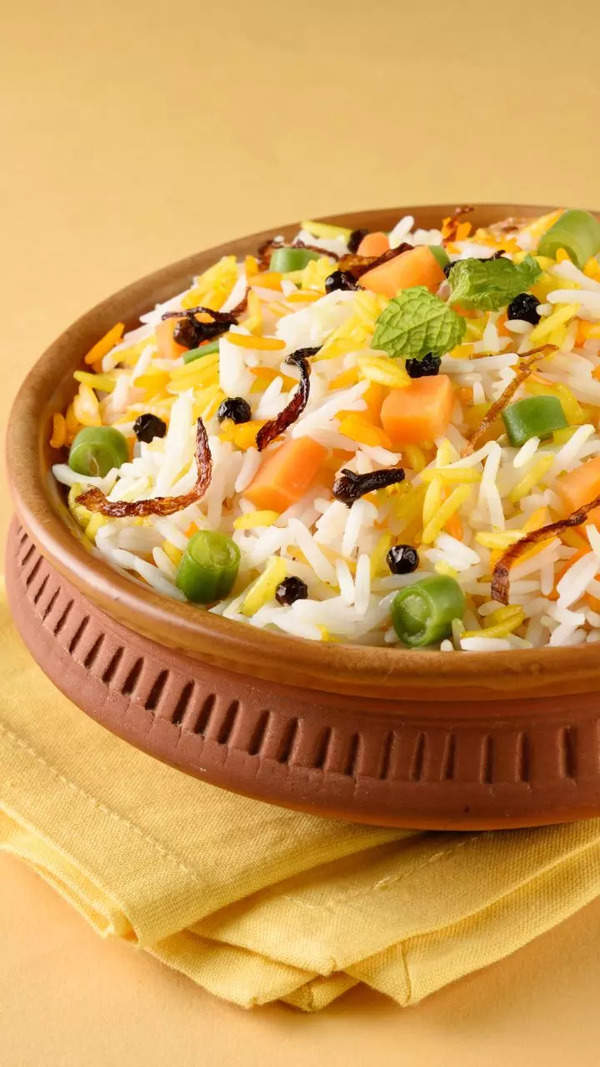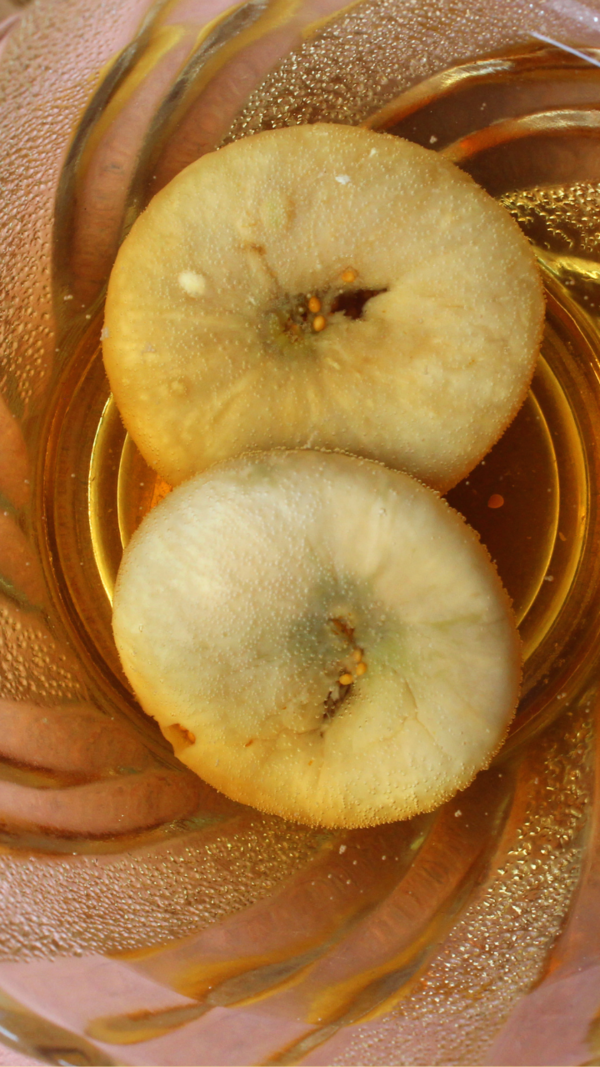- News
- City News
- kochi News
- Feat of clay
Trending
Feat of clay
G Reghu, an acclaimed sculptor known for his ceramic sculptures inspired by nature and indigenous communities, recently had an exhibition at Kochi’s Durbar Hall. Curated by Kerala Lalithakala Akademi, the display featured pieces depicting tribal life. Reghu's work highlights the interdependence between humans and nature through both ceramic and bronze sculptures.


His works reflect a deep connection to the natural world, capturing the spirit and stories of tribal people and this unique blend of nature and tradition has earned him recognition as one of India’s leading sculptors.
A recent exhibition at Kochi’s Durbar Hall, curated by the Kerala Lalithakala Akademi, showcased a collection of his works. Despite having exhibited his work extensively throughout India, the exhibition marked the first time his sculptures were showcased on such a grand scale in his home state.


The exhibition primarily featured sculptures depicting the everyday lives of tribal people. Recurrent motifs included sculptures of mothers with their children, agricultural scenes, and several intricate figurative works of human faces. Alongside his signature ceramic pieces, six bronze sculptures were also on display.
Reghu’s connection to Bastar stems from its rich tribal diversity, each community with its own artistic traditions. While human figures remain his primary focus, his sculptures of animals—cattle, birds, and dogs—symbolize the deep interdependence between humans and nature.
“Human life and faces are central to my work, but animals also play a role in showing how intertwined our lives are,” he explains.
Murali Cheeroth, chairman of the Kerala Lalithakala Akademi, said despite being a Kerala-based artist, Reghu’s works were not widely familiar among other artists in the state and this is why he decided to curate an exhibition showcasing his sculptures.
“His sculptures embody the essence of India, but at the same time, he has been able to blend the traditional and the modern. Few artists work with ceramics, but he has pushed the boundaries of the medium,” he said.
Reghu’s journey to success was not without hardship. Growing up in poverty in Kilimanoor, Thiruvananthapuram, it was Elizabeth Baker, wife of British-Indian architect Laurie Baker, who introduced him to the world of art when he was in Class IV. “The Baker family were my guardians,” Reghu recalls. “They gave me a room on their campus and supported me. My interactions were mostly with Mrs Baker, who introduced me to art and provided me with the materials to work on my craft,” he said.
Drawn to figurative art from a young age, Reghu chose sculpture over painting because of its tactile, three-dimensional nature. “I specialize in sculpture because it’s more than just something you see— you can feel it with your hands. I love the process of shaping clay and bringing it to life,” said the 65-yearold artist.
Tensing Joseph, a former principal of the Fine Arts College in Thiruvananthapuram and Reghu’s batchmate said Reghu’s difficult upbringing reflected in his works. “During our ‘Life Study’ sessions, where we modelled figures, Reghu’s work always seemed to reflect the struggles of an impoverished individual,” he says. Joseph believes Reghu’s hardships gave his art a distinctive edge, earning him a unique posi tion among the other sculptors in the country.
After graduating from the Fine Arts College in Thiruvananthapuram, Reghu’s passion for sculpture led him to Bharat Bhavan in Bhopal, where he trained under the mentorship of noted artist J Swaminathan.
Reghu’s stoneware sculptures, fired at 1240-1280 degrees Celsius, are known for their natural, earthy tones. Over the years, he has developed his own techniques, using natural oxides like iron and manganese for colour, rather than relying on chemicals.
“I mix different types of clay for my sculptures, but even slight variations can ruin the piece. That’s the challenge of ceramic art,” he explains.
“There’s a playful, childlike quality in his work, yet it resonates with familiar elements that connect with everyone,” said painter and curator Bose Krishnamachari, reflecting on Reghu’s art. “I’ve followed his work for decades, from exhibitions in Gallery Chemould in Mumbai to various venues across India and abroad. His pieces are easily recognizable in a crowd. It is challenging for artists to make lifesized sculptures in ceramics but it is something he’s mastered over the years,” he said.
Noted artist Roy Thomas, based in New Delhi, praised Reghu’s distinctive portraiture, noting its relevance in contemporary Indian art.
“Reghu’s art has challenged stereotypes and presented a unique perspective that transcends regional elements. While incorporating Indian cultural influences, his works maintain a universal appeal, distinguishing it from mere imitation of European modernism,” he said.
For Reghu, clay is not just a material but a medium of expression. “ You can give physical form to your imagination with clay since it completely allows you to mould it the way you want to. It’s like a language that we share, a dialogue between the artist and the material. I express a sculptural idea, and the clay guides me towards its realization,” he says.
End of Article
FOLLOW US ON SOCIAL MEDIA
